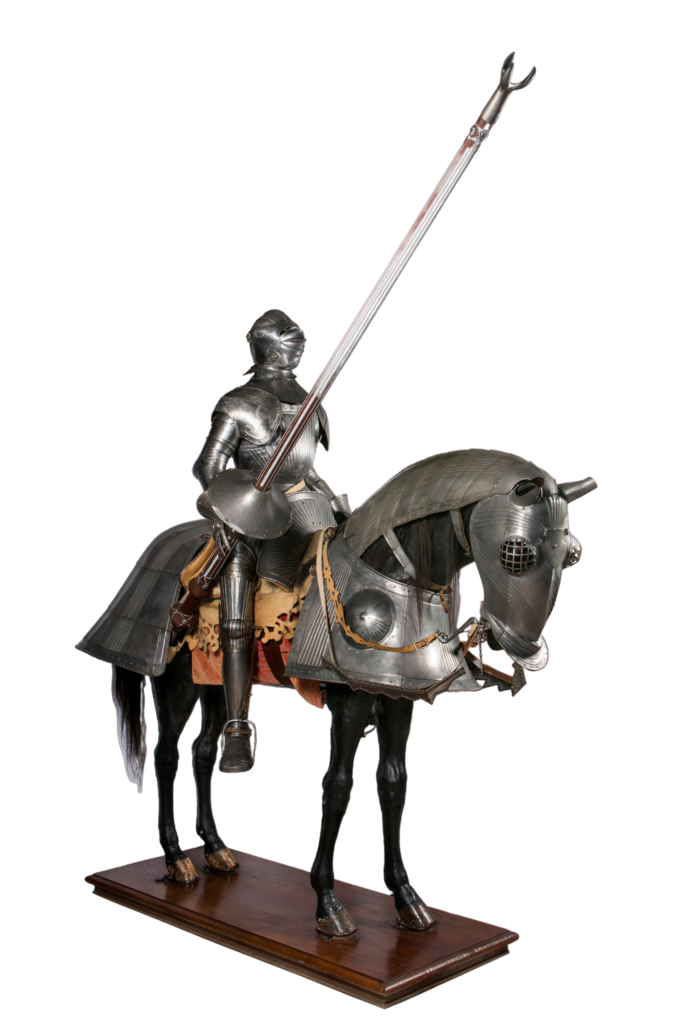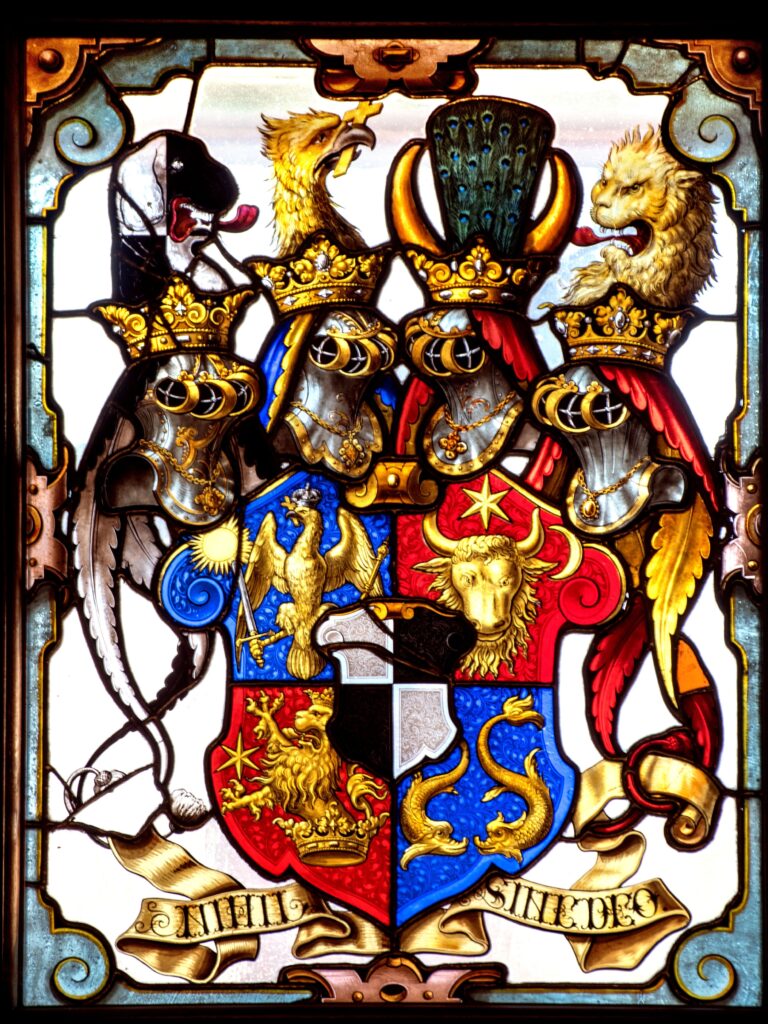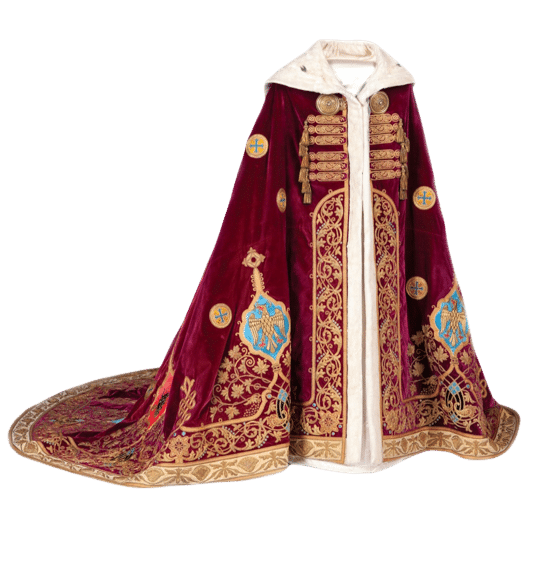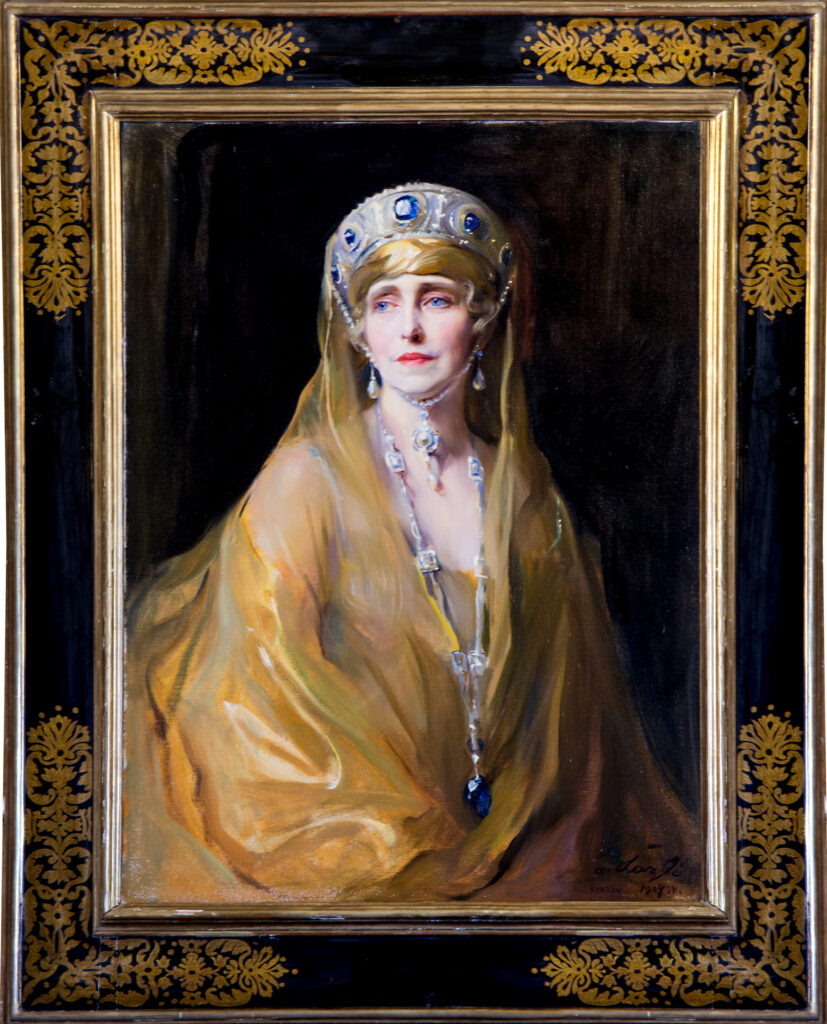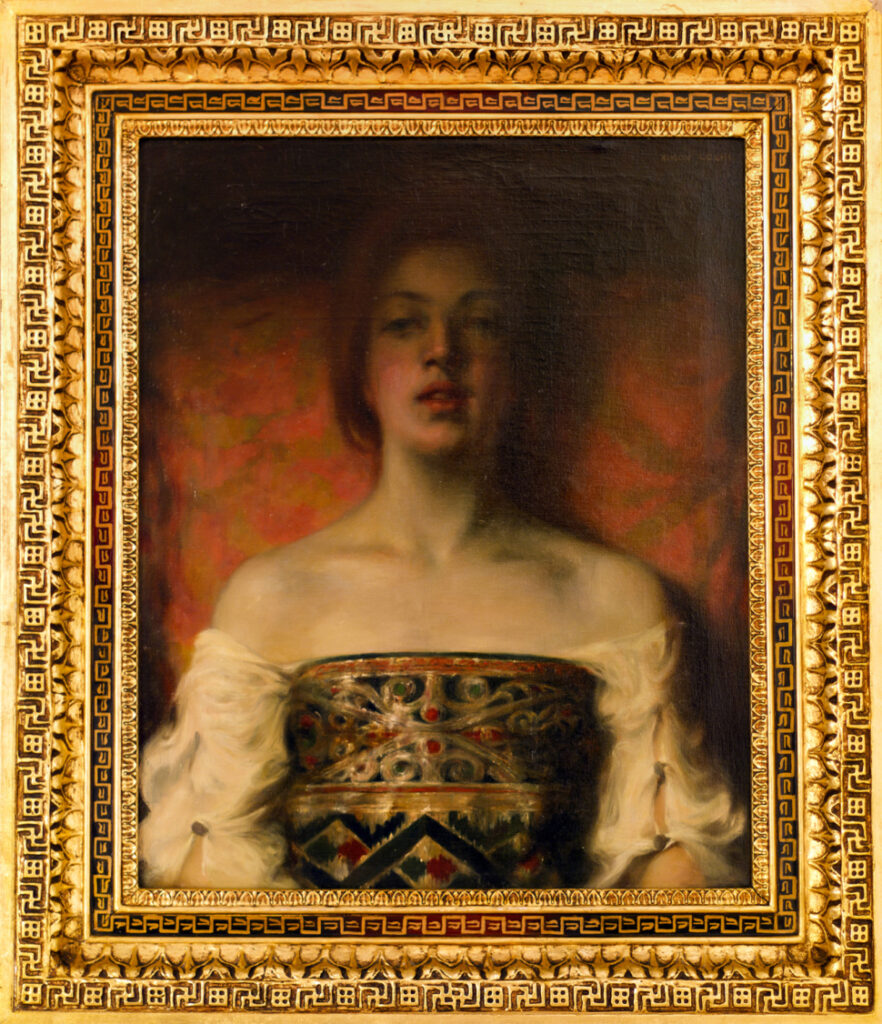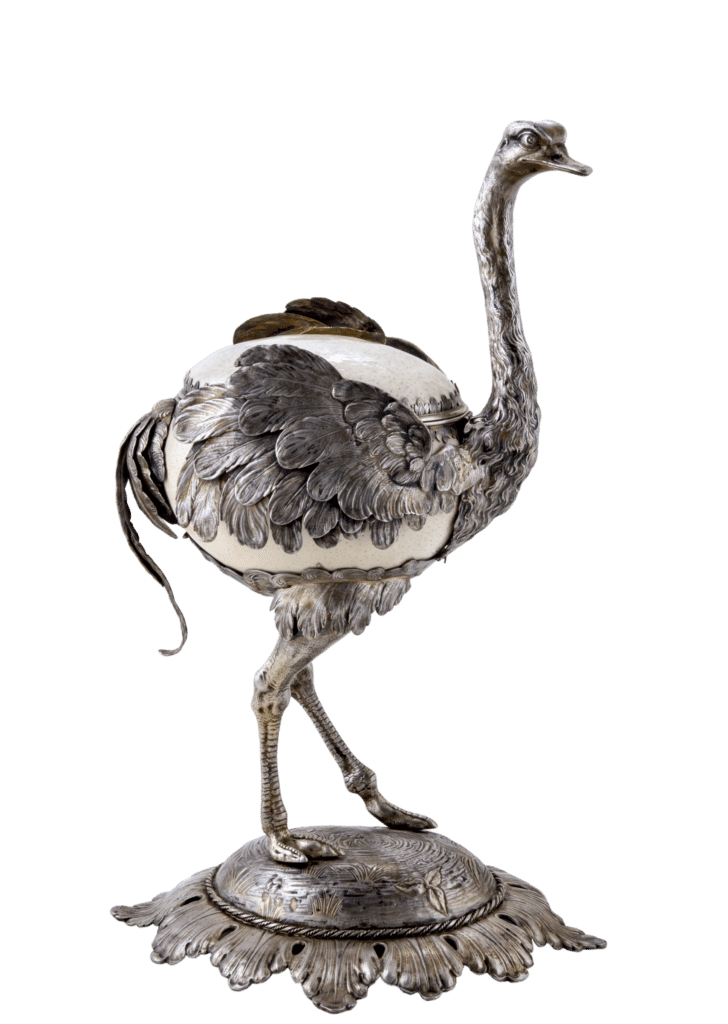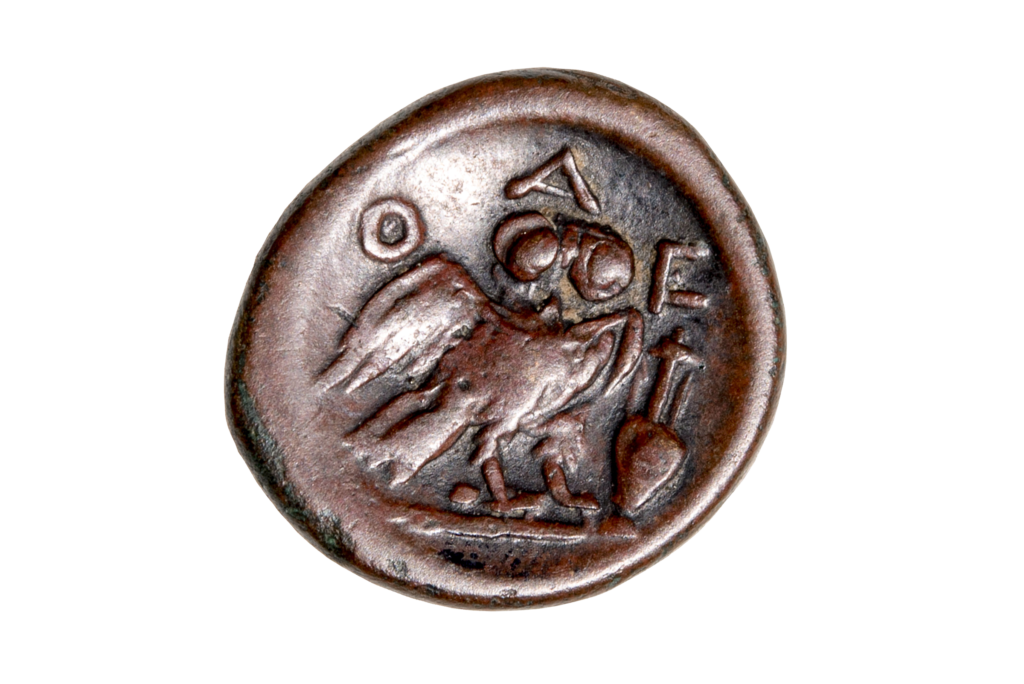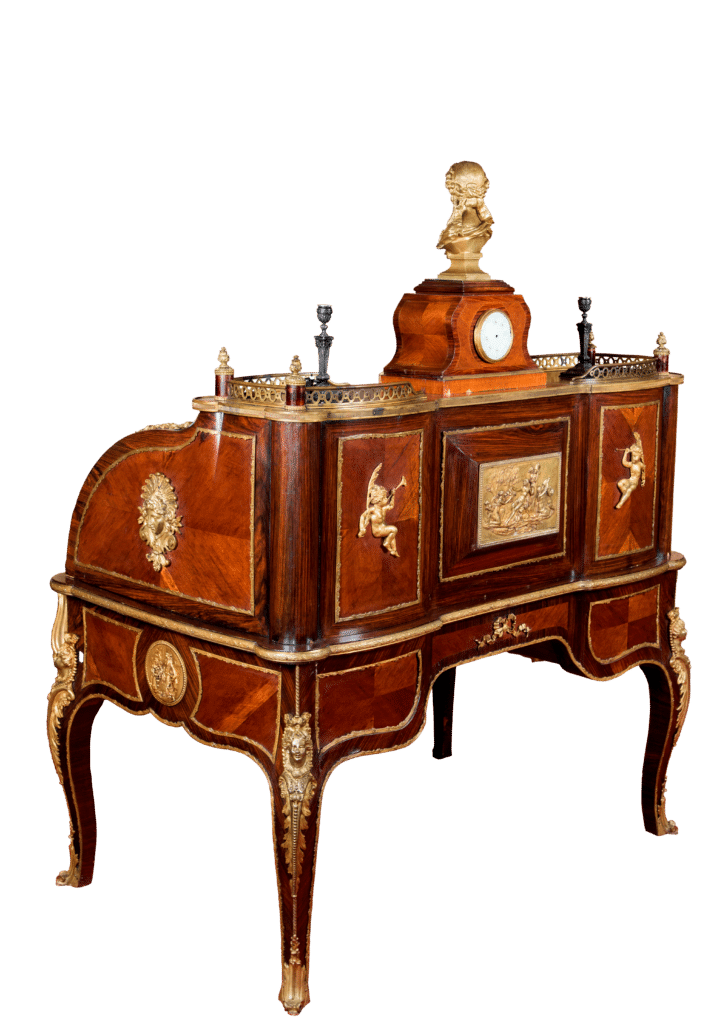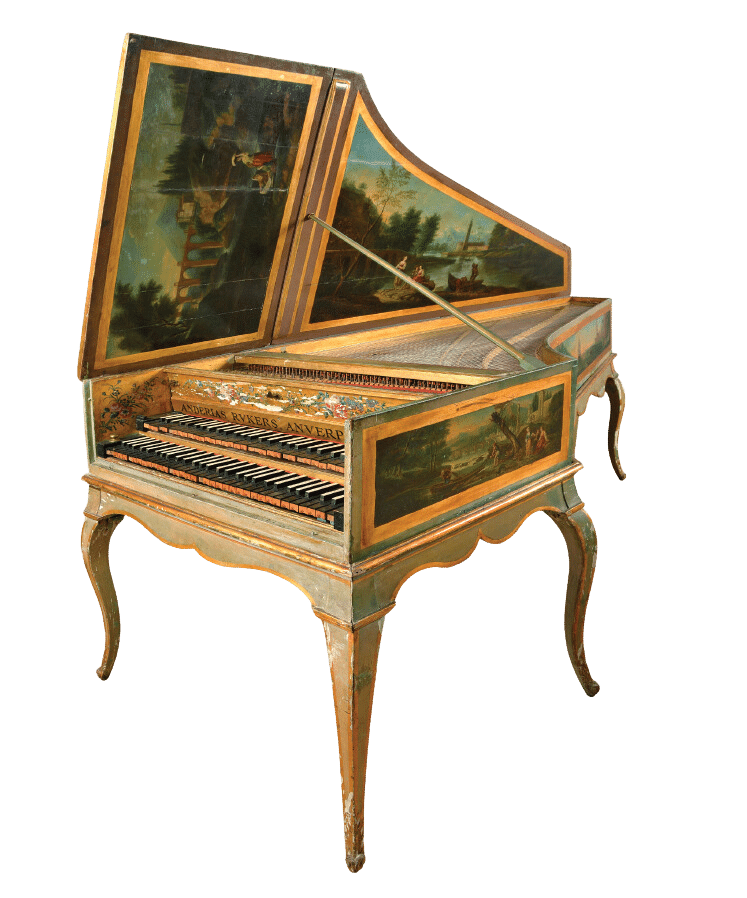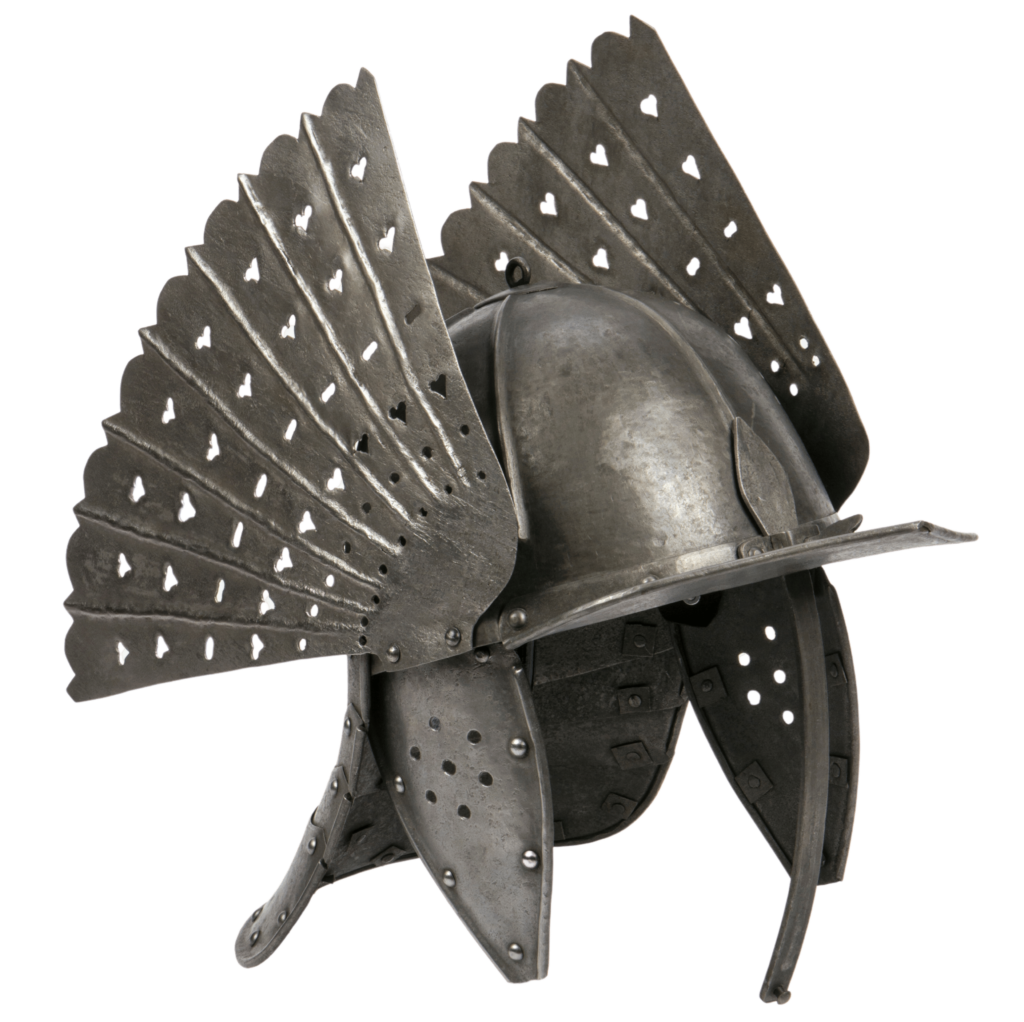Detached from the fairy tales with knights and beautiful ladies, the tournaments appeared in the Middle Ages. Based on using the lance by the heavy cavalry, the tournament become a sport towards the end of this period, remaining popular in the 16th century only among the German and English nobility. This confrontation between the knights was interrupted for a period of time in France, after the accidental death of the king Henry II, in 1559. If at first the tournament was a hard training method practiced by the cavalry in order to be prepared for war, in the 12th and 13th centuries, with the evolution of ,,chivalry’’ the tournaments are considered the greatest expression of a knight’s manhood and honor, giving him the chance to demonstrate his abilities as warrior and his physical strength in front of his masters but especially, in front of their wives, hoping to get some favours. Organized into teams of combatants or individual, between two knights, the competitions took place respecting a specific code and requiring a whole ceremony and rules established with the same rigour as the chivalric code. These confrontations were taking place on important occasions becoming the attraction of the day till the end of the 16th century. The tournaments between two knights on horseback (equestrian tournaments) moving towards each other with the highest speed represent the competition in which the goal is to defend the opponent by penetrating the armour or by knocking him off the horse with the help of the lance. Winning such a competition requires a perfect symbiosis between strength and the abilities of the knight and the horse training. From the sources it is clear that the weapons used in tournaments were initially the same as those used in war: swords, spears and maces. Most of the time, the competition meant the gradually use of the weapons: the first fight between knights required the use of the lances; if they were destroyed in the first confrontation and the forces proved to be equal in the second fight, they used the maces. If one of the combatants was falling from the horse, this one was the loser but if both of them were falling from the horse but they were not bad injured, then the fight continued with the swords (pedestrian tournaments) till one of them was injured. The armours used in tournaments were the same as those used in combat, made of metal plates and chained male plates ,,tailored’’ for each combatant in order to protect his body against the opponent’s blows. As the weapons used in competitions became more and more sharper, by the 15th more effective armours were necessary. They were shaped on the body and covered the fighter entirely. The armours made in this period were used exclusively for parades and tournaments because on the battle field they became ineffective with the advent of the fire arms. The armours were made so they could be easily put on as well as to mount on horseback without any help. That meant a good overlapping of the metal plates, especially in the areas corresponding to the joints. A knight’s armour weight is about 25 to 30 kg but because it is well distributed over the body is not difficult to wear it at is seems. The knight’s tournament armour has the plates which protect the left side of the body, considered to be the most vulnerable in the competition between two right-handed combatants, bigger and thicker and has a hook on the chest to support the spear. The armour for horse protects the head and the front of the body and it is made of multiple narrow plates that are connected to each other by leather straps fixed in rivets. The saddle blanket is made of textile material, sometimes decorated with heraldic motifs. The armours used for parades are decorated with various decorative motifs: floral or geometrical motifs, heraldic symbols or characters, using specific metal working techniques: au-répousse, engraving, niello etc. The armours made for crowned heads were personalized and richly decorated without neglecting their functionality. Often, various accessories (like silk and pearls embroidered handkerchiefs) were attached to the armours honouring the ladies they fought for or to disguise themselves because loving or saving a lady from the high society were serious reason for the knights to risk their lives. Making and assembling the armours represented the main preoccupation at that time, benefiting by the financial support of the great leaders of the time thus contributing to the development of a real art. The most sophisticated and impressive armours were made for Maximilian I, Holy Roman Emperor (1459 – 1519), Henry VIII (1491- 1547) and Charles I of England (1600 – 1649), Francis I of France (1494 – 1547) and Wladislaw II Jagiello of Poland (1362 – 1434). The most famous armories were those in Germany (Augusburg, Nürnberg and Passau), England (Greenwich) and Italy (Milan) and the most skilled masters, really artists, were Kolman Helmschmid from Augsburg and Lucio Piccinino from Milan. A special place in the evolution of the armory is occupied by the Emperor Maximilian I for both the development of manufactures and for innovations brought to the armour thus creating a style called maximilian. A great admirer of tournament, Maximilian I, also called ‘’The last knight’’ transformed this sport into a competition dedicated to elites, he himself participating in 64 royal competitions. Having this experience and wanting to theorize this sport, the Emperor decided to write a book, unfortunately unfinished, entitled ‘’Freydal’’. The most important innovation of the Maximilian style is the presence of flutings that played a role in deflecting the points and blades of assailants and increasing the structural strength of the plates. Two famous armourers, Kolman Helmschmidt from Augsburg and Konrad Seusenhofer from Innsbruck, received the title as ,,Armourer to the Court’’ during Maximilian’s reign. The complete harness for horse and horseman from the collection of Peles National Museum is supposed to have been brought by King Carol I from his father’s collection of Sigmaringen castle and it is to be found in the Austrian Julius Scheürer’s catalogue of weapons, chapter II – European weapons- ‘’Harnesses’’. Hired by the king especially for this purpose, Julius Scheürer will elaborate Verzeichnis der Waffensammlung Seiner Majestät König Karl von Rumänien , which remain only as manuscript, a catalogue with several folders that follow the traditional division of the collection: ceremonial weapons, hunting weapons, fire weapons, white weapons and armours. The folders are each containing a drawing which meticulously shows all the details of the pieces. As an appendix to the catalogue Scheürer also wrote the Register zum Inventar Waffensammlung im dem Rumanische Konigsschlosse Peles (Wien 1913). According to Scheürer’s catalogue, the equestrian armour for tournament consists of: the armour for knight and the armour for horse together with a lance for tournament and an oblong mace. The whole ensemble is mounted on a wooden mannequin to put the armour for the knight and a plaster mannequin to put the armour for the horse. The armour for the knight is complete and consists of: a helmet type armet for the protection of the head and the armour for body composed of: a wide lump made of two flared steel plates, the cuirass formed of breastplate and the protection for the back with rolled edges which presents flutes on the entire surface. On the right side of the breastplate, fixed in rivets, is a lance rest. In order to protect the upper part of the body, the armour has two gardbraces, two tassets made of five mobile plates, two complete brassards and two couters and a gauntlet for the left hand, with separate fingers composed of small, articulated pads and a large cuff to protect the hand. For the lower limbs of the rider are provided two cuisseses together with two poleyns; in order to protect the calf are provided two semi-cylindrical graves articulated with hinges and finished with ,,bear – paw’’ sabatons made of leather and riveted plates called lames. The strap for the spear is passed over the knight’s waist made of thick leather and is worn on the right side (for right-handed) or on the left side (for left-handed). The armour for the horse consists of a chanfron made of four riveted steel plates, the sides being cut on the contour of the horse’s head and two ears’ openings with metal protections as well as two hemispherical visors; the criniere - ,,lobster –tail’’ type - consists of articulated and riveted metal plates. The peytral is made of three curved and riveted with leather trapezoidal steel plates; the massif croupiere is made a multiple metal plates. The thick leather sadle presents two high metal arches and is paded with leather that continues over the sadle and has cut-out ends with geometrical motifs and stylized heraldic lily. The bridle is made of thick leather and partially covered in metal protections. According to Scheürer’s catalogue, the equestrian armour is about 500 years old and was probably used in tournaments because the metal presents old mechanical deformations caused by sharp or blunt objects. The armour is restored and exhibited in the Armoury Hall of the Peles castle.
